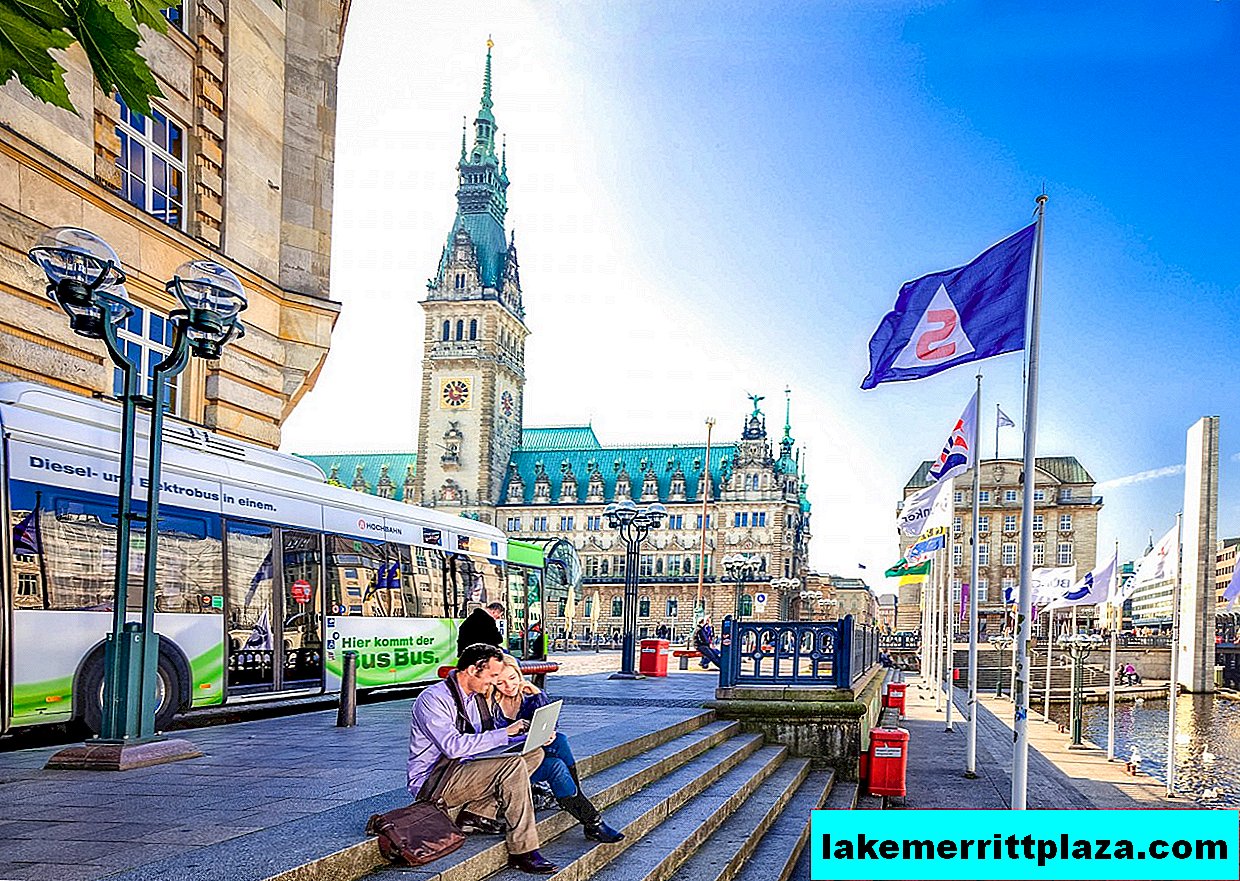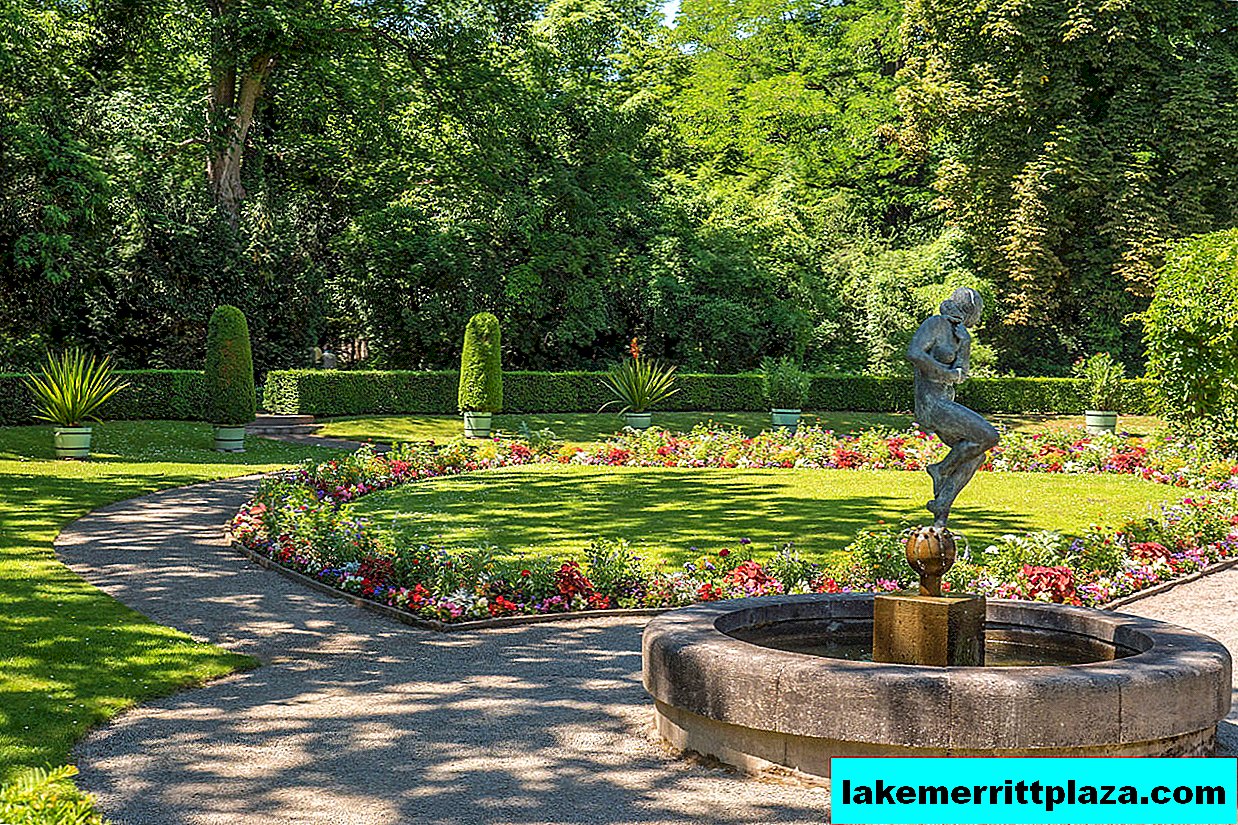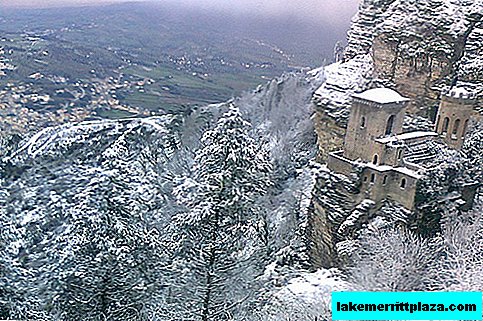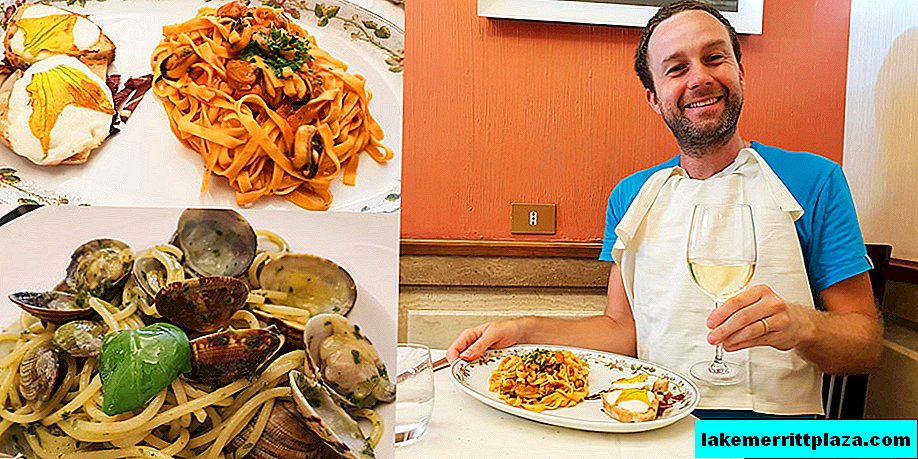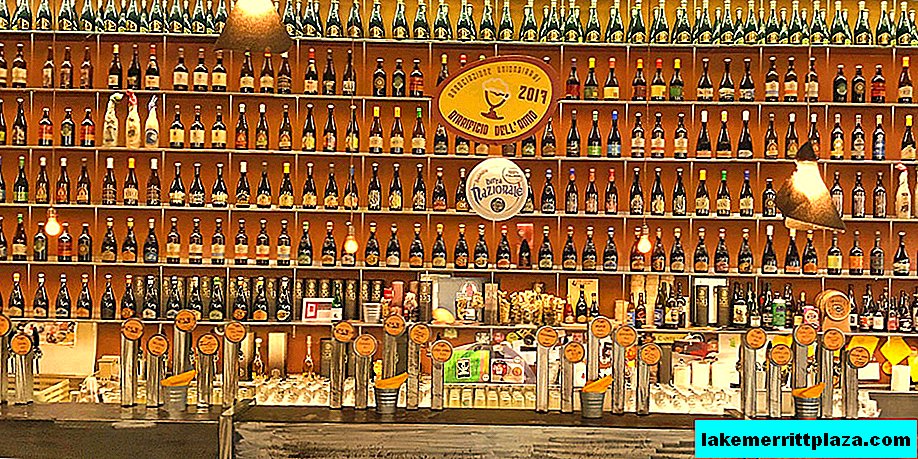Wurzburg is a free city in the Lower Franconia district of the federal state of Bavaria. The city lies in the valley of the River Mine, surrounded by hills densely dotted with vineyards.

Würzburg
Würzburg is a free city in the Lower Franconia district of the federal state of Bavaria. The city lies in the valley of the River Mine, surrounded by hills densely dotted with vineyards. Currently, more than 130 thousand inhabitants live in Würzburg, and it is the fifth largest city in Bavaria, following Munich, Nuremberg, Augsburg and Regensburg.
In 2004, Würzburg celebrated its 1300th anniversary. Würzburg University Julius-Maximilians (Julius-Maximilians-Universität Würzburg) belongs to the oldest universities in Germany, founded in 1402. Now about 25 thousand students are studying here, which makes up almost a fifth of the population of the city.
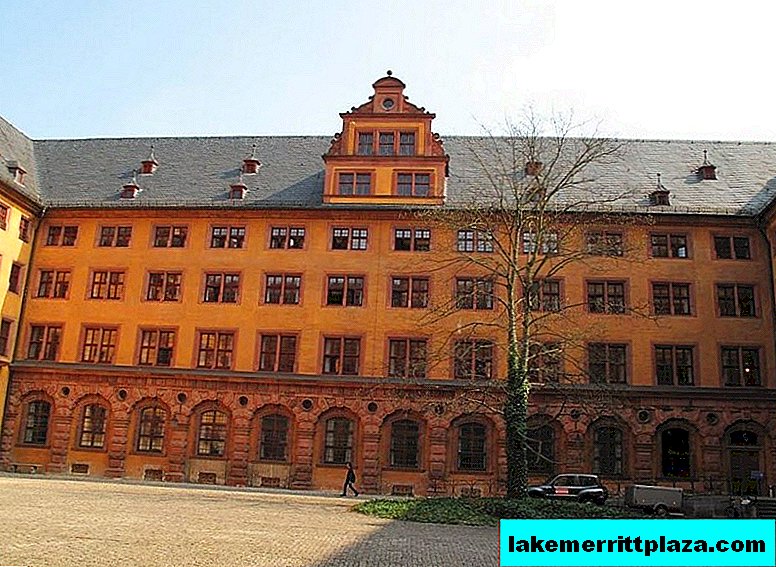
University of Wurzburg Julius-Maximilians-Universität Würzburg
In the last weeks of the war, Wurzburg was heavily bombed, and during the seventeen-minute raid of the Royal Air Force of Great Britain on March 16, 1945, more than five thousand civilians died. The old part of the city was destroyed by 90%. Nevertheless, Würzburg remains one of the most colorful cities in Germany, built in the Baroque style, and is known as the center franconian winemaking. The climate is relatively mild, and the average temperature in January is kept at around zero.
Wurzburg Attractions

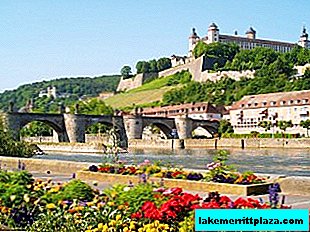

Wurzburg Residence (Residenz in Würzburg)
Wurzburg has many attractions, and it’s hard to believe that a significant part of the city was almost completely destroyed. Hardworking Germans rebuilt everything and restored it, including the Würzburg residence (Residenz in Würzburg), which was inscribed on the UNESCO World Heritage List in 1981, and in 2010 its image was engraved on an anniversary gold coin.
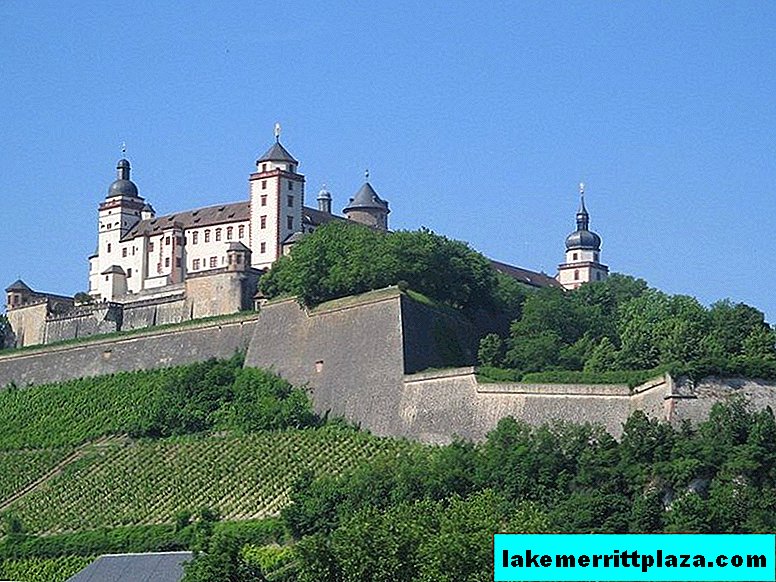
Fortress Marienberg (Festung Marienberg)
The Marienberg Fortress (Festung Marienberg) offers wonderful views of all the sights of Würzburg and, in particular, the Köppele pilgrimage church. The main attractions of the Old Town are best explored on foot - look at the market square and look at the church of St. Mary, built in the late Gothic style. In total, there are more than fifty churches and cathedrals in Würzburg, among them the Wurzburg Cathedral of St. Kiliana (Würzburger Dom) with four towers. Historic buildings also include the old university buildings.
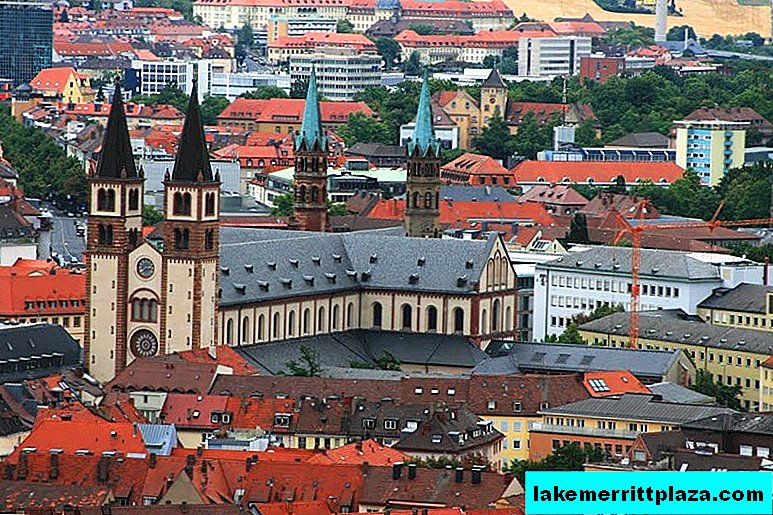
Wurzburg Cathedral (Würzburger Dom)
Among the museums, the most famous are the Museum At the Cathedral, which has collected about 300 paintings and sculptures, and the Würzburg Mineralogical Museum, which belongs to the university. It contains a unique collection of precious stones, minerals, rocks, ores and meteorites. Another attraction of the city is the "Old Bridge over Mine", which is decorated with statues of saints, and is known as the oldest bridge still existing on Main (built in 1473-1543). The old double-arm crane dating from 1773 also belongs to the Wurzburg river attractions.
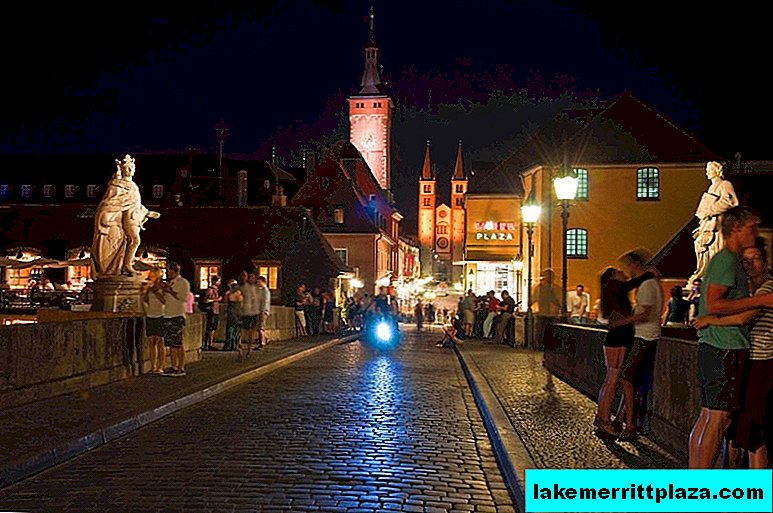
Old bridge over Mine
Wurzburg is also famous for its festivals. In addition to traditional wine festivals, Mozart, Bach festivals, Europe’s largest festival of African culture, the jazz festival and the Würzburg Film Festival are held here. In Würzburg there is a wine companyJuliusspital"with cellars and a tasting room - the third largest in Germany. In its vaulted underground cellars there are huge wooden barrels of wine, some of which are more than a hundred years old.
How do I save on hotels?
Everything is very simple - look not only at the booking. I prefer the search engine RoomGuru. He is looking for discounts at the same time on Booking and on 70 other booking sites.


